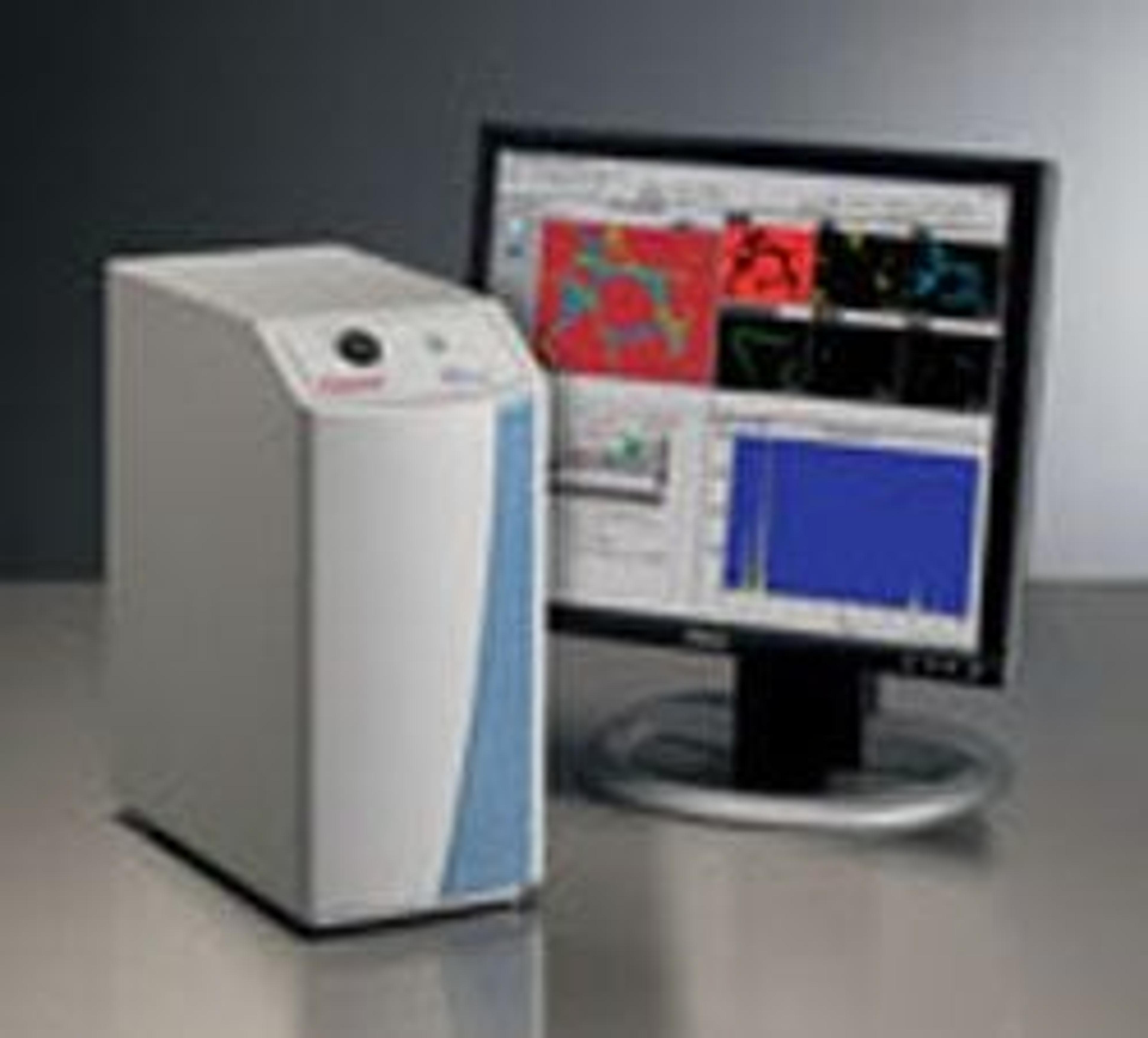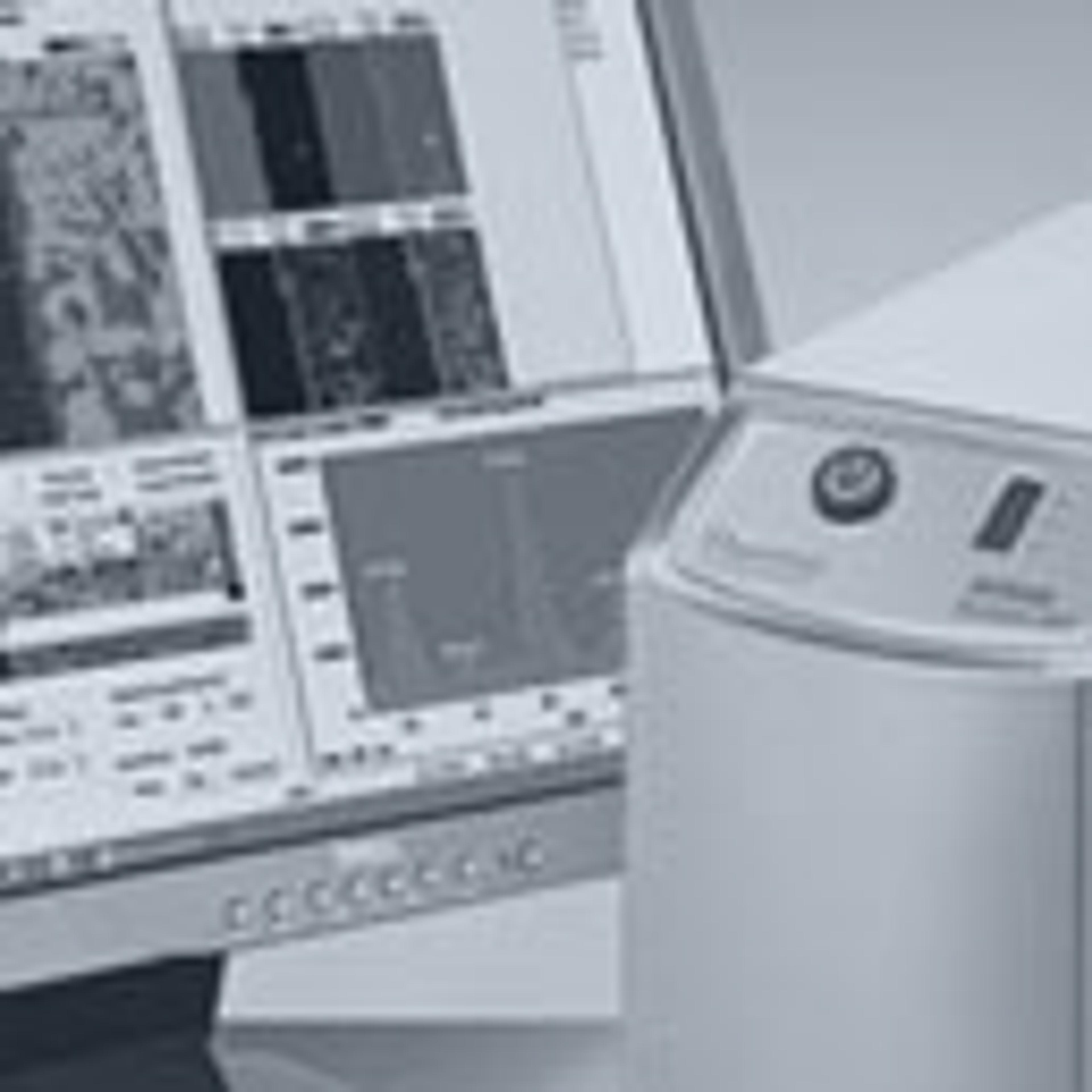Thermo Fisher Scientific Launches Expanded and Improved Ultradry Silicon Drift Detector for Noran System
17 Sept 2012Thermo Fisher Scientific Inc., the world leader in serving science, is featuring its new Thermo Scientific UltraDry silicon drift X-ray detector at EMC 2012 from 16th to 21st September 2012 in Manchester, UK. The new detector is a best-in-class instrument offering faster, more accurate interpretation of X-rays for industries such as metals and mining, advanced materials and semiconductors. It further improves the performance of the widely acclaimed Thermo Scientific NORAN System 7 X-ray Microanalysis System. SelectScience stopped by Thermo Scientific Booth 305 at EMC to find out more.
“Our UltraDry silicon drift detector provides superior resolution at the incredibly high collection rates critical in today’s nano technology and advanced materials applications,” said John Sos, vice president and general manager for Thermo Fisher’s molecular spectroscopy and microanalysis products. “Our enhancements to this detector in turn allow our entire NORAN System 7 to deliver more data faster. Using our exclusive data-processing tools, COMPASS and Direct-to-Phase software, users can raise their confidence in EDS results to new levels.”
The UltraDry silicon drift detector performance enhancements are a direct result of its design and technology improvements. Pushing the limits of energy resolution, the UltraDry detector achieves a spectral resolution of 123 eV at Mn-Kα. Reducing the size of the advanced field-effect transistor (FET) and integrating it directly into the device’s crystal structure virtually eliminates device capacitance that leads to electronic noise. The UltraDry detector effectively handles pulse pile-up, minimizes dead time and maximizes resolution on the fly. The result is an extremely high data collection rate with no external or liquid nitrogen cooling and virtually no sacrifice in energy resolution.
The new UltraDry detector offers an expanded range of crystal active areas (10 mm2, 30 mm2, 60 mm2 and 100 mm2) as well as advanced window technology and unique algorithms that provide full light element analysis down to Beryllium. Other key features include:
• Custom engineering to minimize the sample-to-detector distance and maximize the detector’s solid angle
• Vertically slotted collimator to enable maximum working distance range
• Operating environment to 35° C
The NORAN System 7 is ideally suited for industries including metals and mining, advanced materials, academic research, semiconductor and microelectronics, failure analysis and defect review.


